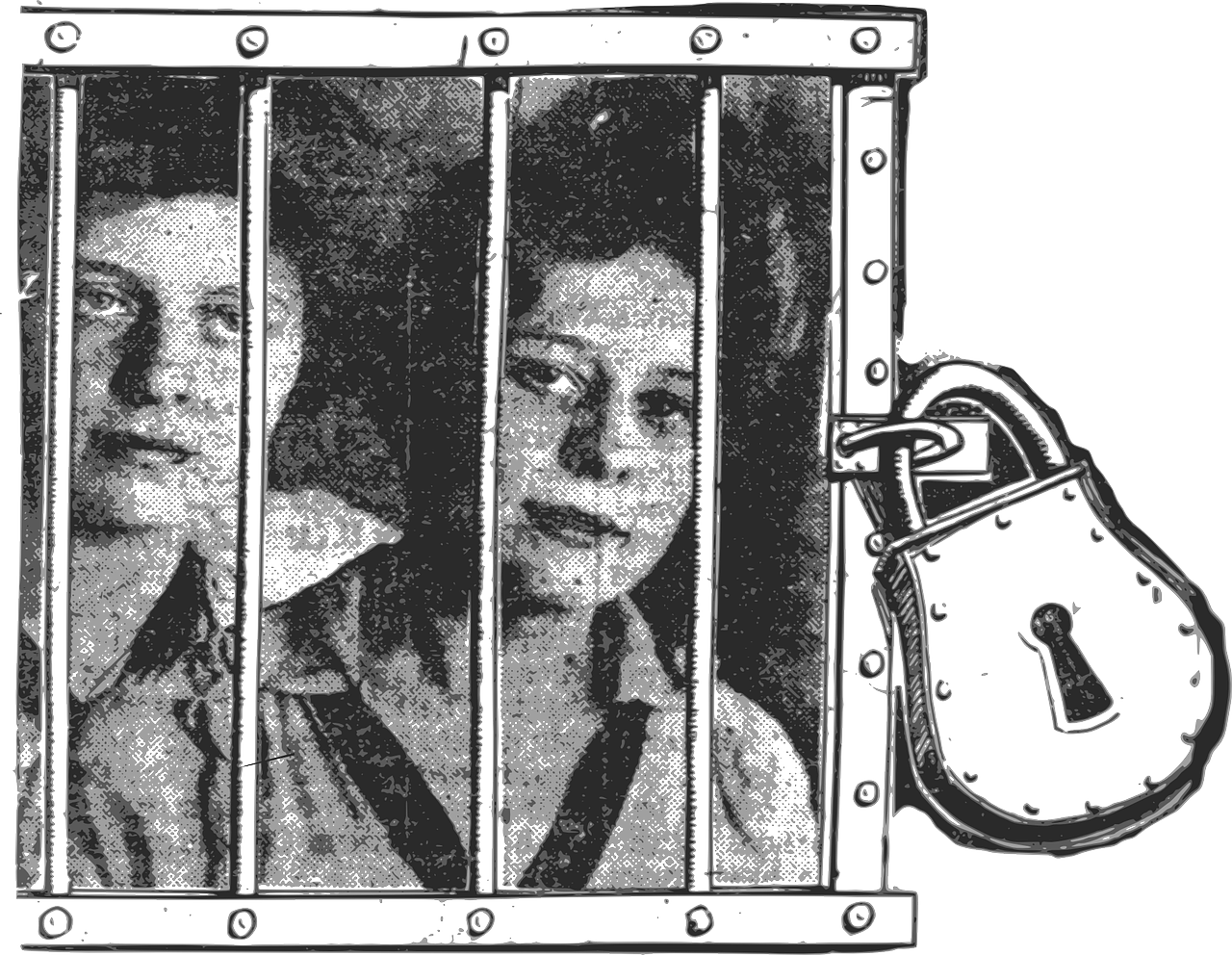Originally posted at the Public Policy Institute of CA.
By Viet Nguyen, Ryken Grattet.
Women are the fastest growing segment of America’s jail population, yet the characteristics of female inmates are not well documented. Nationally, their numbers have increased 14-fold from 1970 to 2014. In California, the women’s jail population has risen 6-fold—from 1,725 in 1970 to 12,054 in 2014—twice as much as the male jail population over the same period.
PPIC’s work on jail populations shows that female jail inmates differ in lots of ways from their male counterparts, most notably in the types of offenses they are held on. This work is based on detailed records provided by 11 counties—which contain two-thirds of the state’s jail population—as part of a long term project PPIC has undertaken in collaboration with the California Board of State and Community Corrections to improve outcomes for correctional populations in California.
In the participating counties, women are more likely than men to be booked into jail for misdemeanors (54% of women to 48% of men). They are also more likely than men to be booked for property and drug offenses (46% to 36%). Women also serve less time for drug, property and all other crimes at both misdemeanor and felony levels.
Because of the different offending patterns between men and women, California’s recent corrections reforms have affected them differently. Public safety realignment, which took effect in 2011, transferred authority for thousands of lower-level felons from the state prison system to county correctional systems. Today, many lower-level felons now serve their sentences in jail rather than prison. These offenders have committed crimes considered non-serious, non-violent, and non-sexual—the type women are more likely to commit.
Both male and female offenders charged with these crimes increased in the first three years after realignment. However, a higher proportion of women who would have been sent to state prison before realignment were held in jails after realignment. By September 2014, three years after realignment began, 37% of the female jail population and 30% of the male jail population were charged with lower-level felony offenses.
 In 2014, Proposition 47 reclassified several property and drug crimes from felonies to misdemeanors. These offenses are also committed by a greater share of women than men. As with realignment, Proposition 47 had a greater impact on women than men, and women appear to have more greatly benefited. One year after the proposition passed, the percentage of women in custody for Proposition 47 offenses dropped from 32% to 16%. The percentage of men in custody for Proposition 47 offenses dropped from 22% to 12%. In other words, a greater proportion of Proposition 47 offenders were women, and the share of women in jail dropped by a greater percentage after the proposition. The racial and ethnic composition of female offenders did not change across the reforms.
In 2014, Proposition 47 reclassified several property and drug crimes from felonies to misdemeanors. These offenses are also committed by a greater share of women than men. As with realignment, Proposition 47 had a greater impact on women than men, and women appear to have more greatly benefited. One year after the proposition passed, the percentage of women in custody for Proposition 47 offenses dropped from 32% to 16%. The percentage of men in custody for Proposition 47 offenses dropped from 22% to 12%. In other words, a greater proportion of Proposition 47 offenders were women, and the share of women in jail dropped by a greater percentage after the proposition. The racial and ethnic composition of female offenders did not change across the reforms.
More broadly, research suggests that the reasons for and consequences of female offending are different. Treatment and intervention that will be most effective for women—called “gender responsive” strategies—need to be at the forefront of policy discussions about how to manage female offenders. Moreover, because of the short time most women actually spend in custody, those strategies should not focus solely on jail, but must extend to women’s reentry into the community.





